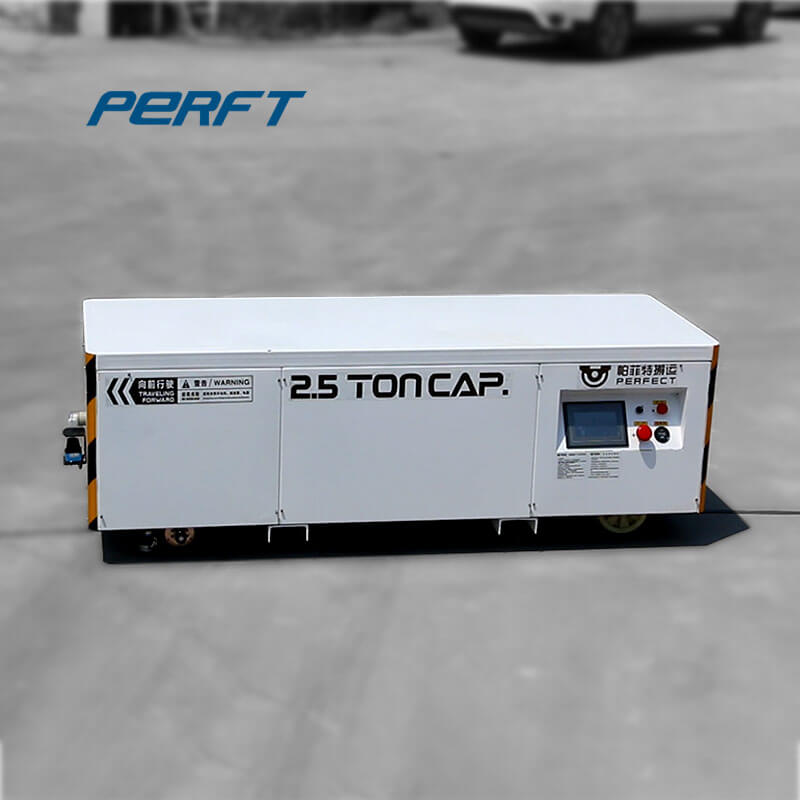
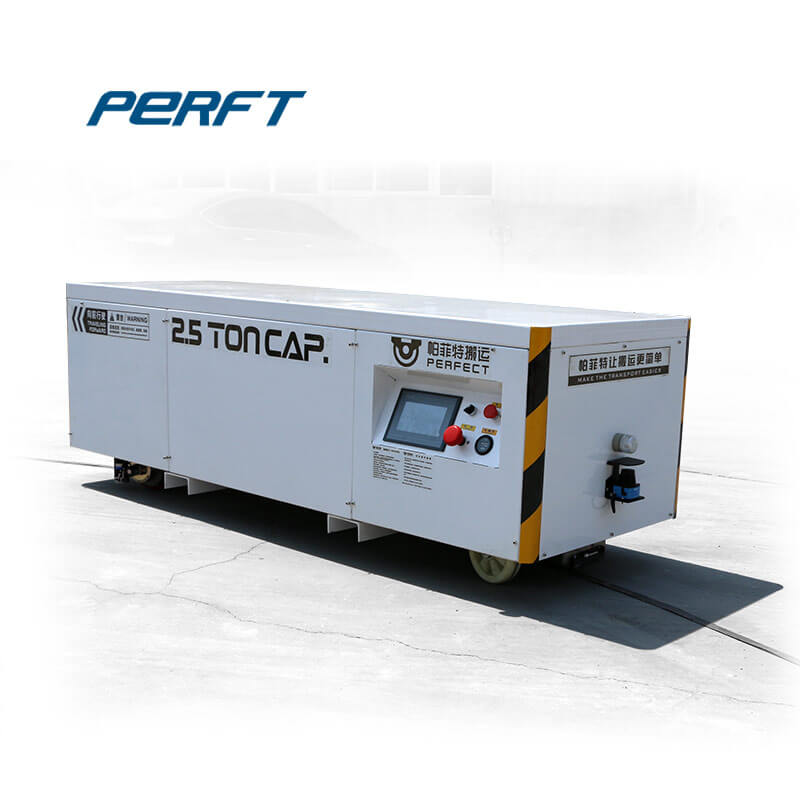
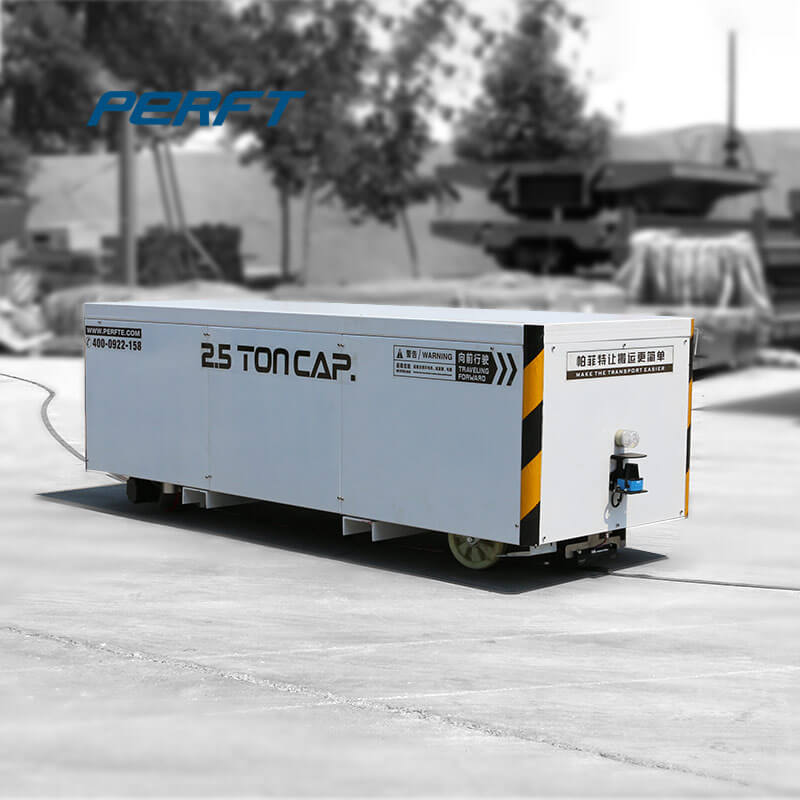






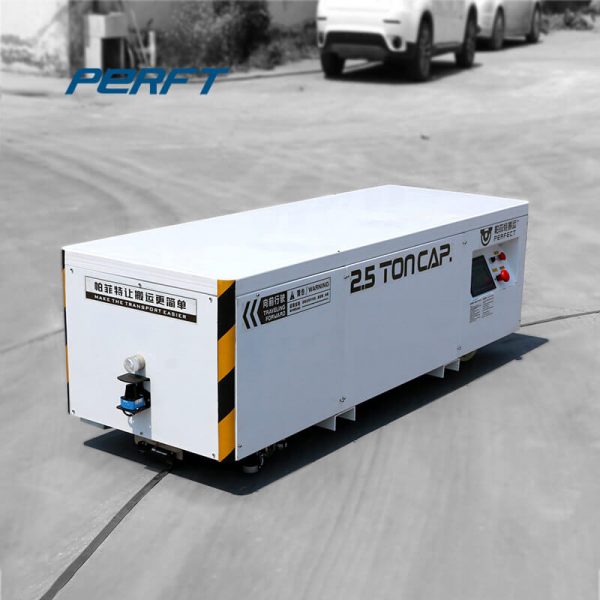
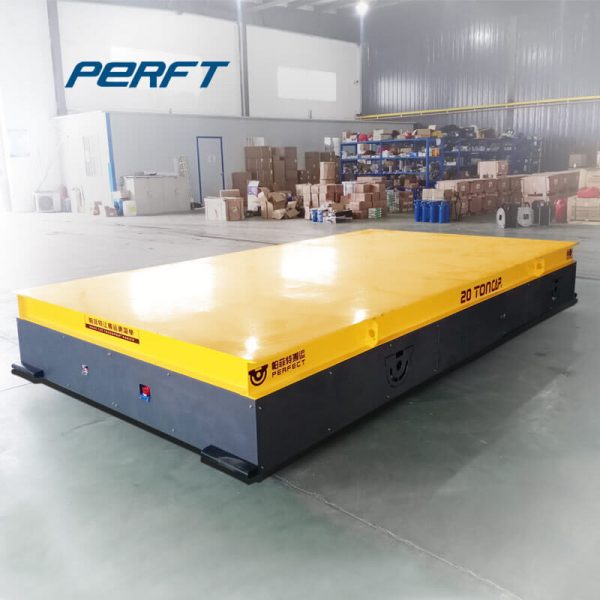
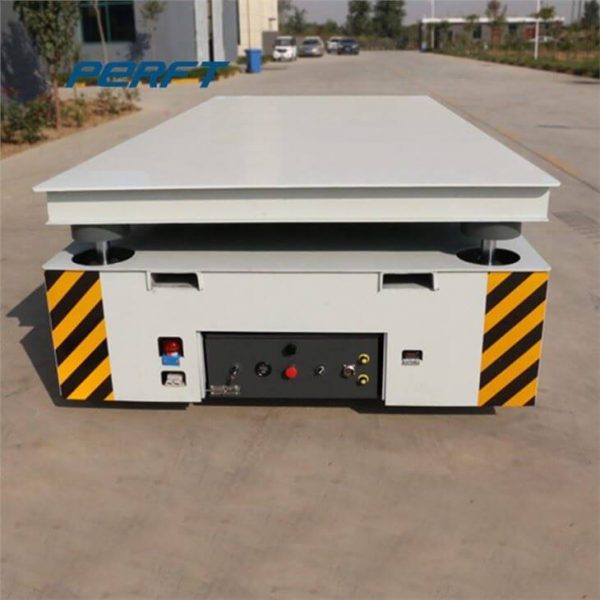
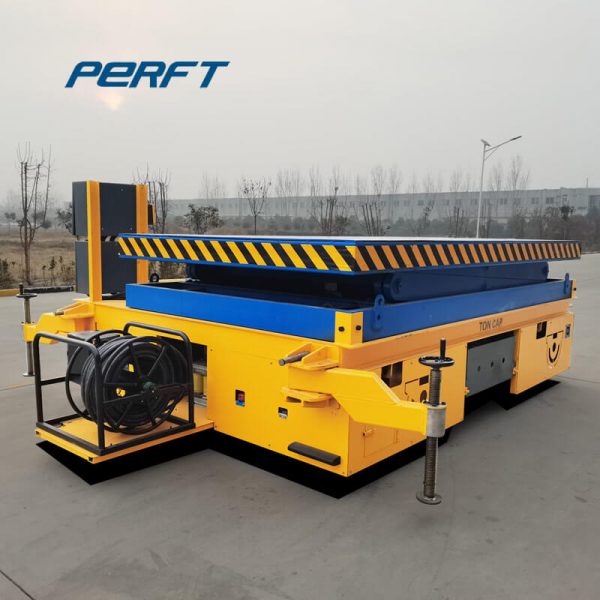
When this happens, it’s called intermodal freight transport, and it involves transferring freight loads between rail cars, trucks, and more. Moving freight between those shipping methods can be an expensive and time consuming process, loaded with opportunities for breakage and delay.
Founded in 2015, PERFECT is a highly professional and experienced manufacturer of material transfer car in China.Our products include rail transfer trolley. 7th, Jiayi Oriental Pearl Building, Northwest of Xinzhong Road and Jinsui Road,Xinxiang, Henan 86-373
HO. Scale. State Tool & Die. 3-in-1 Open Top Hot Metal Car - Kit -- With Extended Ladle & Add-On Wings - Undecorated. 661-725. 661-725. 3-in-1 Open Top Hot Metal Car - Kit -- With Extended Ladle & Add-On Wings - Undecorated. In Stock. HO.
Ethanol: Freight Rail Delivers Renewable Fuels. Ethanol — a renewable fuel made from corn and other plant materials — is an important commodity for U.S. railroads. The U.S. ethanol industry — and railroad carloads of ethanol — has grown tremendously since methyl tertiary butyl ether (MTBE), a gasoline additive, was banned from use in 2006.
Whether you opt for a rail guided wagon or a freely movable solution like our battery driven carts or an air floating mold change car, every situation can be met with a customized solution. Depending on the size of the molds, mould transfer methods
8/12/2015 · Autonomous cars, for example, will use light detection and remote sensing technology, linked to the braking and steering systems, to avoid obstacles.
1/7/2011 · The planning and development of freight terminals, freight villages, dry ports, and inland container depots (ICDs) can extend the reach of the rail mode through intermodal services. Rail-based intermodal freight transport is more environmentally friendly than truck-only transport, particularly in terms of CO 2 emissions and other pollutants produced by long-distance hauling [20] .
6/11/2003 · In the embodiments in which multi-unit articulated freight cars are employed, such as for auto rack rail cars, the ballast is located preferentially toward the coupler end trucks. The trucks for the railcar have an increased wheel base and damping located to provide a greater moment arm and bearing face to encourage a higher threshold for rail car hunting.
This custom mold transport battery powered rail transfer cars , traveling cable, rail, generator or other way.. This series custom mold transport battery powered rail transfer cars is able to run between two perpendicular tracks and the battery powered rail transfer cars is also could run on L-form track or S-form track or curved track.
WEIGHT. The dimension capacities for truckload and intermodal transportation are the same. But, intermodal containers loaded railroad cars are structured differently than those used in other OTR solutions. The weight restriction for intermodal is 2,500 pounds less capacity than with truckload.
65,000 carloads of fresh fruits and vegetables, 413,000 carloads of grain mill products (such as corn syrup, flour, animal feed, pet food, and more) 239,000 carloads of processed soybeans, mainly soybean meal and soybean oil. 235,000 carloads of beverages and
Wabtec offers an unmatched offering of freight car components and services. Our reputation for developing advanced braking equipment for freight cars is unsurpassed. No other supplier has more experience or has made more distinguished contributions in improving safety, reliability or productivity. The primary markets we serve include global
26/6/2018 · Also, mold battery powered rail transfer cars is specially designed to cooperate with crane, which has been applied in many factory to transfer conductor or materails from one workshop to another. The mold battery powered rail transfer cars has a feature of low height, heavy duty, safe security and other advantages.
Freight rail’s role as a long distance partner has enabled trucks to leverage their speed and agility for shorter hauls. Often, this means directly connecting manufacturers and other businesses to nearby intermodal facilities, where intermodal containers are transferred to freight trains or cargo ships for the long distance leg of the journey.